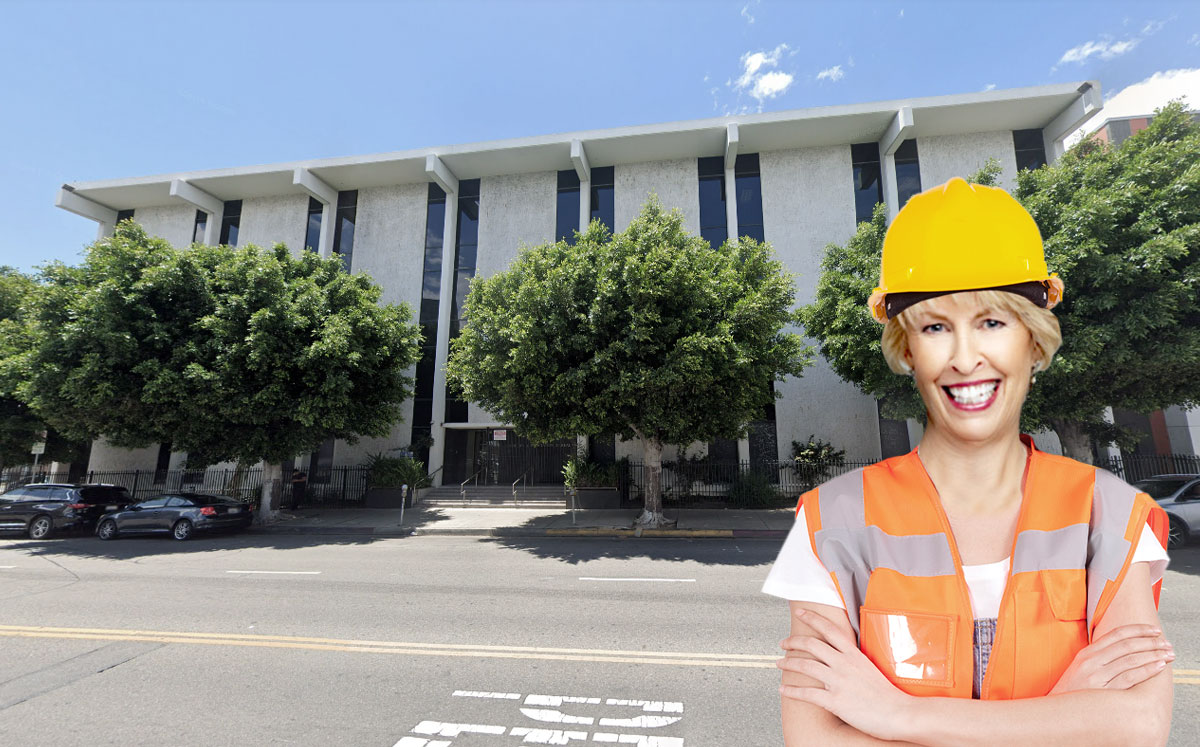The National Association of Realtors wears many hats including Multiple Listing Services operator, Washington mega-lobbyist, and VC fund manager.
Now the California chapter of real estate’s largest trade group has another trade: a mixed-use developer that seeks to improve L.A.’s “workforce housing” stock.
The California Association of Realtors filed papers with the city of Los Angeles Planning Commission Thursday to convert its current Los Angeles headquarters into a mixed-use development.
The plans filed call for demolition of CAR’s existing 56,000-square-feet office building at 525 S. Virgil Avenue, which lies on the northeast end of Koreatown. The property was originally purchased for just over $1 million in 1980.
In its place, the trade group would develop a project with 46 for-sale condo units, and 84 rental apartments and commercial office uses.
CAR is also applying for a Transit Oriented Communities “density bonus” due to its location near the Wilshire/Vermont subway stop, a group spokesperson said, a bonus that would enable the project “to house more families at below market rates.”
The spokesperson said that the locale would continue to serve as CAR’s L.A. headquarters.
CAR’s ethical guidelines, Multiple Listing Service, and standard home purchase and lease contracts are the backbone of California’s real estate transactions.
But like real estate tech investments done by its national parent, CAR is exploring ways to spend members dues, in this case workforce housing, or housing stock for people who otherwise cannot afford to live in the neighborhoods they work in.
“CAR recognizes the urgency of California’s housing crisis and wants to actively create new affordable rental and ownership housing opportunities for those who need it the most, such as our front line responders, teachers, and other public servants who can’t afford to live in the communities they serve,” CAR’s president Jeanne Radsick said in a statement provided to The Real Deal.
Workforce housing is typically defined as renters making 80-120 percent of the area median income. It does not come with any federal or local government subsidies, but workforce housing units would permit CAR to exceed density restrictions under the Transit Oriented Communities program.
